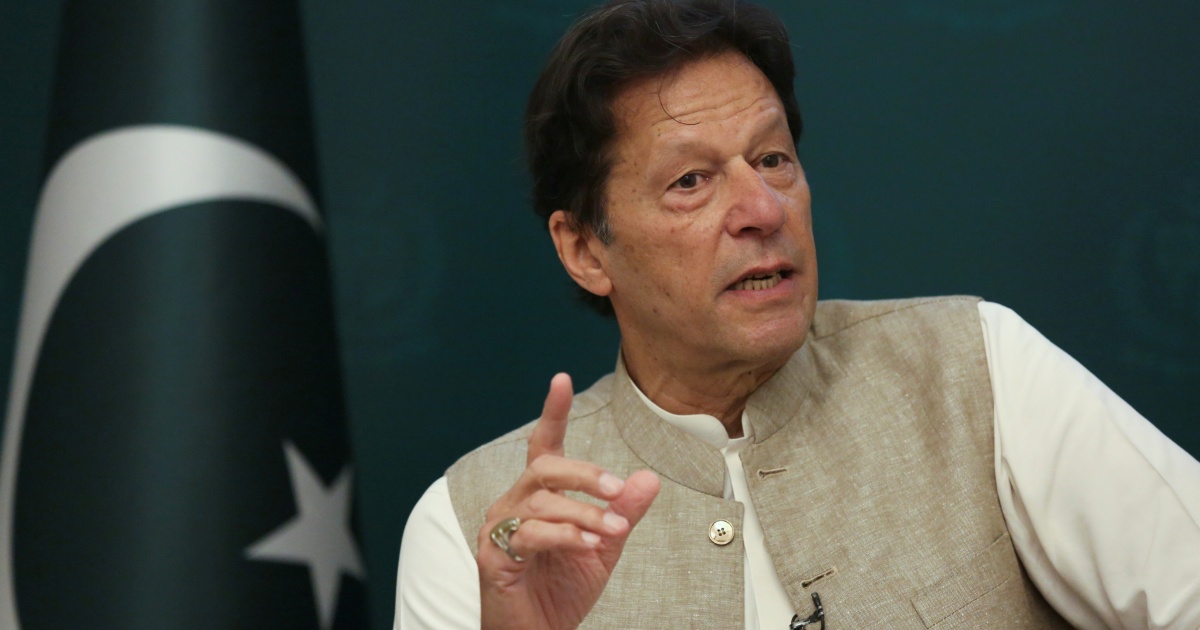
Pakistan is today beset with a host of challenges. While the political milieu is
most challenging, indicators of progress in the societal field demonstrate that
Pakistan has a long way to go in advancing equality and justice for all. One
such issue of concern in Pakistan is the rampant prevalence of child abuse.
On 13 September 2021, Dawn reported that a child abuse gang had been
busted in Sahiwal; and suspects were arrested on grounds of having raped
minors aged between 12 and 14 years, for a period of three years. That child
abuse continues to be rampant in Pakistan becomes evident from a reading
of the report of the NGO Sahil, which released its annual report titled “Cruel
Numbers” (The News International, 12 October 2021).
This states that in 2020 there were 2,960 cases of child abuse in Pakistan. Of
the total number, 1,510 girls and 1,450 boys were sexually exploited. The
NGO concludes that as many as eight children were abused every day in
Pakistan in one form or the other. These include instances of abductions,
sodomy, gang sodomy, rape, gang rape, and cases of those children who were
murdered after being sexually assaulted. Notably, in around 50 per cent of
the reported cases, the abuser was known to the victim, thus indicating the
social malaise afflicting Pakistan. It is also pertinent that Punjab recorded the
highest number with 1,707 cases, followed by Sindh (861), Khyber
Pakhtunkhwa (215), Islamabad (102), and Baluchistan (53) (See Table II
below). There has been a four per cent increase in cases of child abuse from
2,846 cases in 2019.
Like in most developing countries, a large percentage of those abused belong
to the lower strata of society. These children are usually engaged in labour oriented tasks, such as working in homes as domestic helps. The relationship
is like a contract between a master and slave, with the former assuming all
rights over the child, without any legal protection for the child. In 2014, a
documentary titled “Pakistan’s Hidden Shame” shocked the world for its
brutal narration of the gravity of child abuse, through the lens of Peshawar.
This documentary highlights that using abusing children is a way of
channelising pent up frustration in Pakistani society. This mind set shows
the social malaise afflicting Pakistani society, which is anyways hugely biased
against women and ethnic minorities.
Two other issues are of concern as highlighted by the NGO Sahil. One relates
to the silence of the children who are being sexually abused. The other is the
lack of understanding of the intensity of the problem. Statistics attached to a
study titled “Accountability for Rape: A Case Study of Lodhran”, carried out
by the University College, Lahore. shows that the police submitted reports on
7,120 rape cases under Section 376 of the Penal Code in Punjab during 2016
and 2017. The number of cases decided was 5,814 and the number of
convictions a mere 216 (3.7 per cent only). This also shows the weakness in
the judicial system in Pakistan in tackling such problems.
In 2017, a three-member committee set up by Pakistan’s National
Commission of Human Rights investigated child abuse cases between 2015
and 2017 in Kasur. The committee concluded that several girls who had been
raped and murdered could have been saved if the police had taken the matter
seriously. A year later, the Pakistani Ministry of Human Rights initiated a
draft action plan to bring an end to child abuse and deals with “prevention,
protection, recovery, reintegration and participation in society.” Ironically,
Imran Khan, the country’s Prime Minister, is shown in the documentary as
saying, “It’s one of the most sad and shameful aspects of our society. I am
totally embarrassed by this and that we have not really been able to protect
them.” He admits to having known the prevalence of child sexual abuse in the
society, but says he was unaware of the scale at which it was taking place.
Unfortunately, even today, the situation does not seem to have changed
significantly.
In January 2020, the National Assembly of Pakistan passed the “Zainab Alert,
Recovery and Response Bill, 2019”, which provides for life imprisonment for
those convicted of child abuse and killing, along with a Pak Rs 1 million fine.
The National Assembly’s passage of the bill was not without hiccups. When
the bill was first introduced, the Assembly returned the bill on the ground of
its vagueness. Also, the draft was very shoddy. In 2021, four
more child protection courts were inaugurated in Peshawar, Kohat, Swat,
Bannu and DI Khan, in addition to those operating in other parts of KP. The
2014 documentary clearly shows the vulnerability of the children living on the
streets of Peshawar, both in terms of their job and their place of residence.
Despite these measures, conviction rates remain low, thereby deterring people
from approaching the legal system. In July, women Members of Pakistan’s
National Assembly demanded that rapists be hanged in public to bring down
instances of abuse against women and children.
Just how serious the problem is evidenced by one man admitting on record
in the 2014 documentary to having raped 10 to 12 boys out ‘majboori’, loosely
translated as helplessness, but meaning, compulsion arising from the
circumstances. (See Table I below). The documentary estimates that nine out
of ten children are victims to this sort of pedophilia in Peshawar; and one in
ten victims is usually killed by the perpetrator, out of fear and shame. If
extrapolated correctly, the figures of child abuse could actually be much
higher than stated by the NGO Sahil. Pakistan requires a complete overhaul
of its laws and policing methods to combat child abuse. Short of radical reform
and strict enforcement of the law, the problem is only likely to worsen in the
coming years. However, drastic measures may not address the root causes..
Therefore, a holistic approach to address inequalities, tolerance to violence,
need to be incorporated. Is the Imran Khan government listening?




